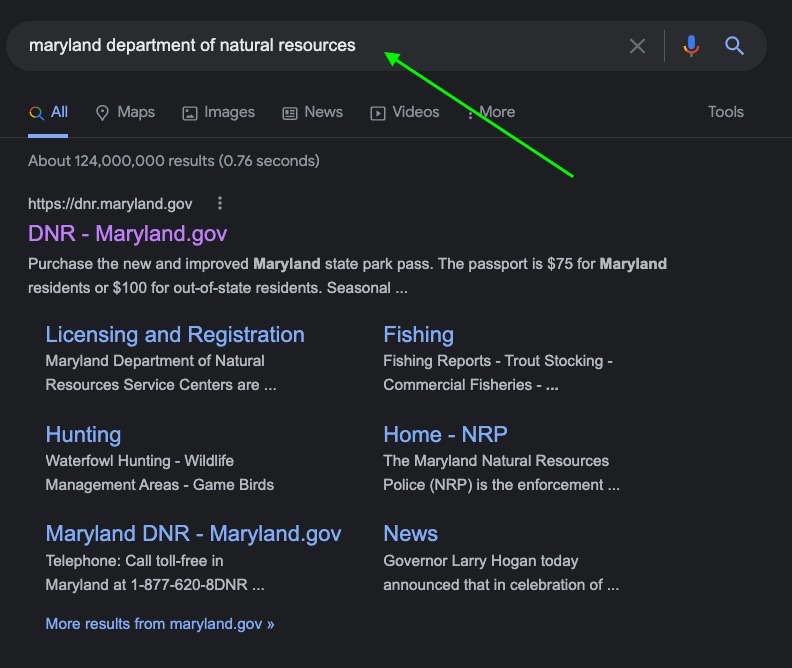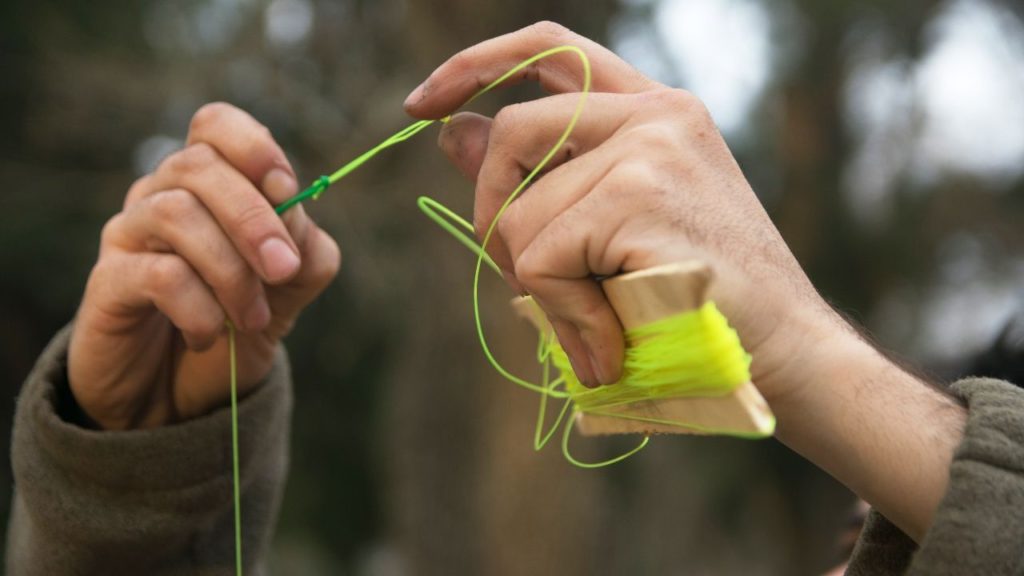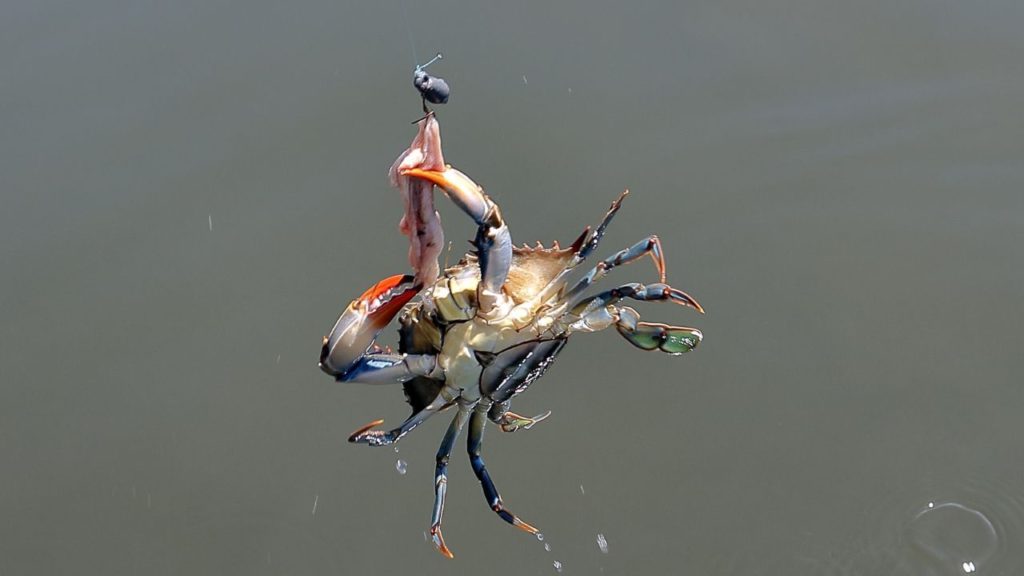It is always great when you get a chance to go out crabbing with your friends and family. But these days, catching crabs can be a bit of an issue. You might go out for a whole day, or even an entire night, only load up a few small-sized crabs. To ensure that you have a successful day whenever you go out crabbing, we have put together this informative guide on how to catch crabs.
For the best experience, you will have to follow the following eight simple steps:
1. Be Familiar With Crabbing Regulations
Usually, each state has its own rules for how to catch crabs. For example, in Alabama, you need a saltwater fishing license, even for recreational crabbing. If you are in Georgia and are crabbing on your private property, you don’t need a license to use a crab trap. Another example is a minimum size rule in Maryland that regulates crabbing.

One way to find out the crabbing regulations is to visit your state’s official Department of Natural Resources (DNR) website. On Google, type the state name followed by the Department of Natural Resources.
2. Get Crabbing Equipment

Once you’ve verified the crabbing regulations in your state, it’s time to get some crabbing supplies. In essence, you only need five things – a bucket, dip net, bait, crab gauge, gloves, and a line. Depending on your state’s regulations, you can also get crap pots.
Bucket
One of the essential pieces of equipment you should have is a bucket. You can get a standard 5-gallon plastic bucket or opt for a collapsible one. What’s important is you abide by your state’s regulations. In Maryland, for example, you can only catch one bushel of hard crabs per day if they are for personal consumption. If you are using a boat, you can only catch two bushels per day regardless of the number of people on the boat.
Line
Contrary to common belief, crabs do not tug or pull the line hard. But if you are crabbing in rough waters or an area with lots of sharp rocks, you’d want to get a durable line. Fortunately, there are plenty of options. You can use a braided fishing line and even a paracord when crabbing.
Dip Net
f you want to sweep up crabs fast, having a dip net is the answer. The dip net has a fine mesh that allows you to scoop up smaller crabs effortlessly while keeping your hands at a safe distance from the crab’s pinchers.
Bait
The great thing about catching crabs is the abundance of baits that you can use. And most of them are affordable and can be picked up from your local grocery! The best crab baits include raw chicken neck, razor clams, and anchovies. Alternatively, you can pick up commercially made crab attractants oils.
Crab Gauge/Calipers
Another crabbing equipment you should have in your arsenal is a crab gauge or caliper, especially when there is a minimum crab size regulation in your state. Just like a regular ruler, a crab gauge has lines and numbers for quick and convenient verification of whether or not your catch is legal or not.
Gloves
In case you haven’t noticed, crabs have claws. And the last thing you’d want is to get pinched. Always wear gloves when handling live crabs. They are not only for protection; they also provide extra grip, especially when hauling the line.
Bait Sink (Optional)
Remember, crabs are bottom-dwellers, meaning they (most crab species) spend most of their lives walking across the ocean floor. With a bait sink attached to the line, you can ensure that your stinky crab bait stays at the bottom and attract crabs.
3. Find the Ideal Location
Crabbing is not the easiest thing in the world to do. But you can do it with relative ease if you have a good location. Some of the best places to find crabs are around the water’s edge, especially in shallow water. You should also consider crabbing along the shore of an inlet, a river, or a canal that connects to the main oceans.
Pro Crabbing Tip: Finding the ideal location for crabbing is highly dependent on what type of crab you intend to catch. For example, Dungeness crabs live in cold and sandy water environments such as estuaries and inlets.
4. Cut the Line and Secure the Bait

If you are crabbing in a rocky shoreline, use a long line to reach far beyond the rocks into the waters. The best length would be about 12 feet. If not on a rocky shore, a 10 feet line be enough. Tie one end of the line with a stick (for pulling later) and the other end with your preferred bait.
Securing the bait is also another critical aspect when learning how to catch crabs with a line. In general, you just need to tie the bait. But if you want to ensure the bait doesn’t fall off easily (either when you throw the line in the water or pull it), use chicken neck for bait. The bones have a more solid surface area to wrap and tie the line around. Alternatively, you can use a hook to secure the bait even further.
Using a bait sink, as mentioned, can also come in handy, especially when your bait is too light that it just floats on the water.
5. Throw the Bait Into the Water
Choose a spot on the water and throw your bait. Ensure your throw is strong enough to place the bait into the water far enough. Keep in mind that crabs do not like to move too far from their homes. Throw your bait near where there are likely to be crabs — they reside behind bushes and rocks.
6. Wait for a Tug
The next step on how to catch crabs is a test of patience. If your line starts to limp or tighten, this means that a crab is nibbling your chicken neck bait. You can spend 30 minutes or more (especially when you aren’t in the ideal crabbing spot!).
7. Slowly Pull the Line Closer

Once you sense a tug, slowly pull the line closer. You also need to make sure you do not pull it too fast, or else the hook will get loose from your line, and you will lose your catch. It’s essential that you keep the line tight enough but not too tight lest you break the hook from the line.
8. Ready the Dip Net

Once you have the catch close enough, you should be ready to secure it with a dip net. It would help if you had the net ready for use at a moment’s notice. Remember, it will be challenging to secure the crab if you try to hold the dip net in an awkward position.
Crabbing FAQ
1. Is It Better to Crab at Night or Day?
Crabs are nocturnal creatures, meaning the best time to catch them is during the night. It’s also a relaxing experience because you usually have all the water to yourself at night. Nighttime crabbers also enjoy a powerful secret weapon: flashlights. Crabs are naturally drawn to light, making it possible to secure a big catch.
2. What’s the Best Crab Bait?
The best crab bait are those that are stinky! Many anglers swear by raw chicken necks others use fish heads or parts. You can also use stink baits when crabbing.
3. How Do I Find Good Crabbing Spots?
A good crabbing spot would be in still waters and where currents aren’t strong. If you are a novice, stay away from the rough oceans, they can be a bit too rough for lines. In this case, you should crab along the shore a river or a canal that connects to the sea.
Traps will work best in flat and sandy-bottomed riverbeds. Also, remember to pick a spot with little seaweed, it may be tempting to explore these areas, but seaweed can easily trap your tools.
Overview
Crabbing is a fun and exciting sport that you can enjoy in the fresh and salty water. It takes patience, skill, and time to perfect your crab fishing techniques. So, the next time you go out crabbing, be sure to follow these tips on how to catch crabs! Happy crabbing.
Table of Contents

